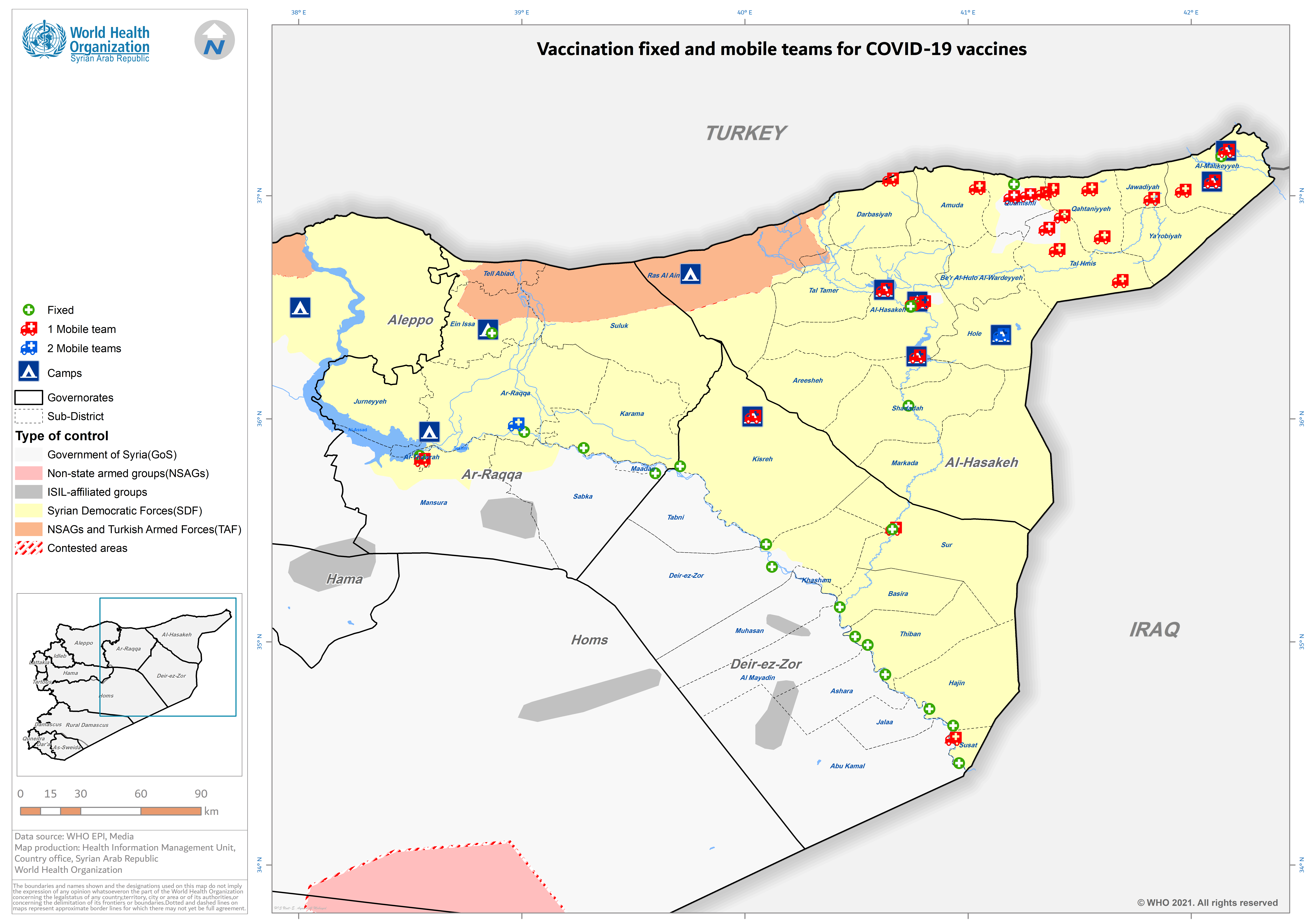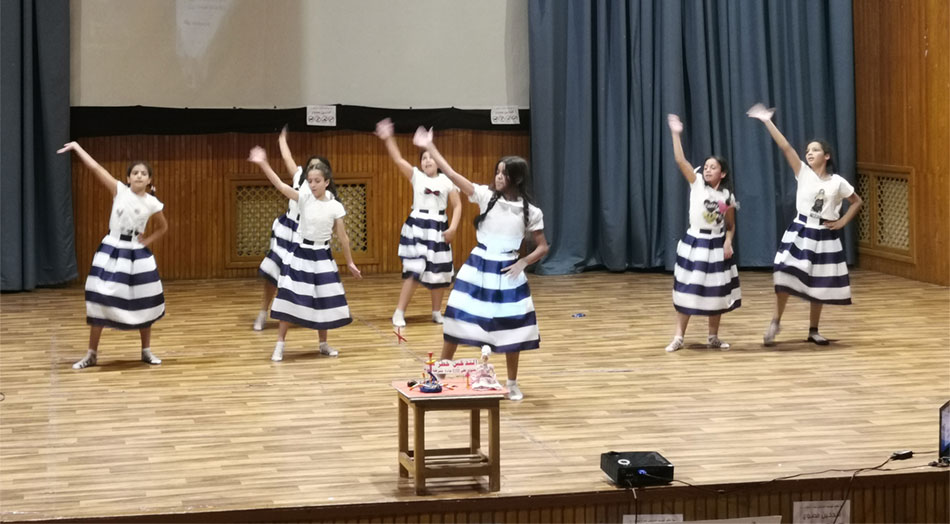
10 July 2021, Damascus – On World No Tobacco Day in late May, the Syrian Ministry of Health in coordination with WHO organized an exhibition of paintings and sketches by children under the theme of “Tobacco Kills”. The exhibition was organized within the context of the WHO campaign “Commit to Quit” and complemented by performances by children of short plays and educational songs, and displays that highlight the shattering consequences of tobacco products, in all forms, on health. A workshop for tobacco control programme coordinators was held prior to the event, and 2 additional workshops were conducted for media representatives on World No Tobacco Day.
Activities were designed with children, adolescents, adults, media and health professionals in mind, in a bid to raise awareness of the harm of tobacco and smoking and the importance of quitting within the community.
“We invite all to play their role by joining the WHO campaign and having a tobacco-free environment that gives people the facts, support and tools they need to quit tobacco,” said Dr Akjemal Magtymova, WHO Representative in Syria.
Syria has recently witnessed an increase in tobacco product consumption, particularly among youths. In response, WHO has supported an increase in the number of tobacco control clinics run by the Ministry of Health, from 13 in 2020 to 24 this year. “These clinics provide free medical advice, and psychological and medical support to smokers who decide to quit,” explains Dr Abeer Obid, Director of the Tobacco Control Programme at the Ministry of Health.
The “Tobacco Free School” initiative was launched in 2018 specifically for target youths. The initiative targeted 42 schools in several Syrian governorates. Other initiatives were launched, such as “Determination and Stability”, which targeted 10 000 young men and women at universities over a 2-month period. “Let the Change Start with You” campaign involving the youth in juvenile centres and orphanages; and “Peer Education” initiative influening smokers through their colleagues.
Smokers are more likely to contract COVID-19 than those who do not smoke. The virus also proves more fatal among smokers. These risks run parallel to an array of others, including the development of cancer, heart disease and respiratory illnesses. Tobacco kills more than 8 million people a year worldwide, 7 million of which are smokers and 1.2 million of which are non-smokers exposed to second-hand smoke.
WHO Syria Marking World No Tobacco Day 2021
Media contact
Gulalek Soltanova
External Relations/Communications Officer
WHO Syria Office
Damascus, Syrian Arab Republic
Cette adresse email est protégée contre les robots des spammeurs, vous devez activer Javascript pour la voir.
+963 953 888 477





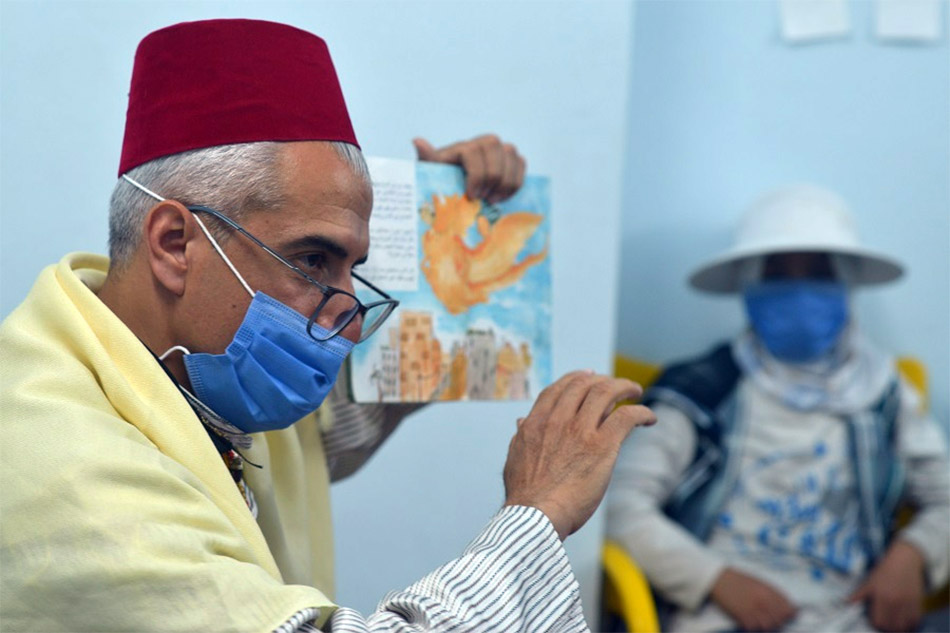
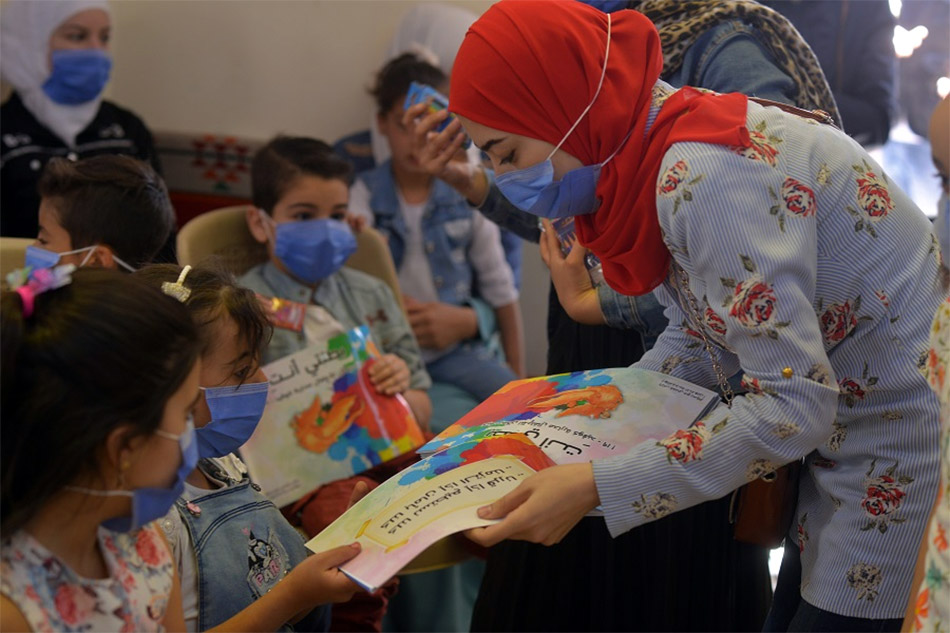
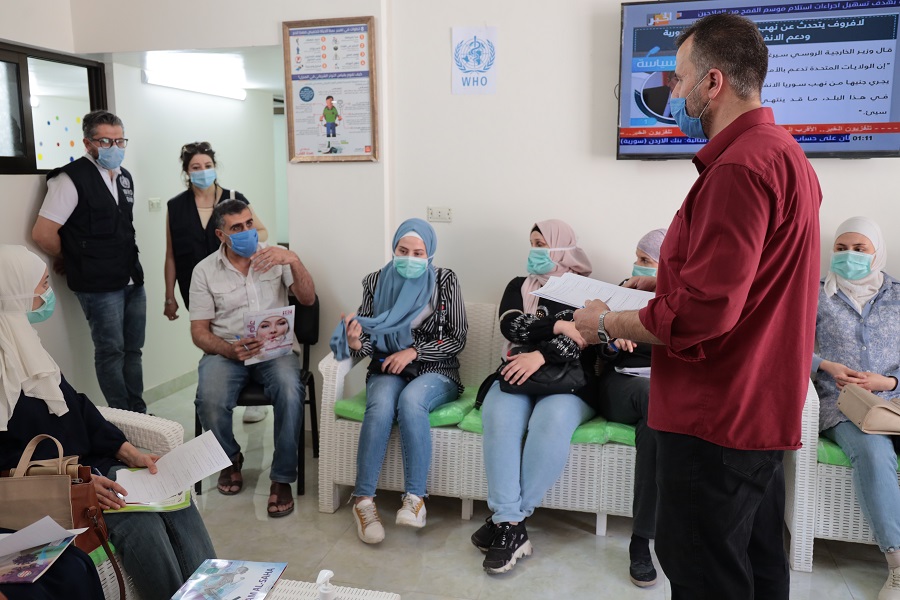
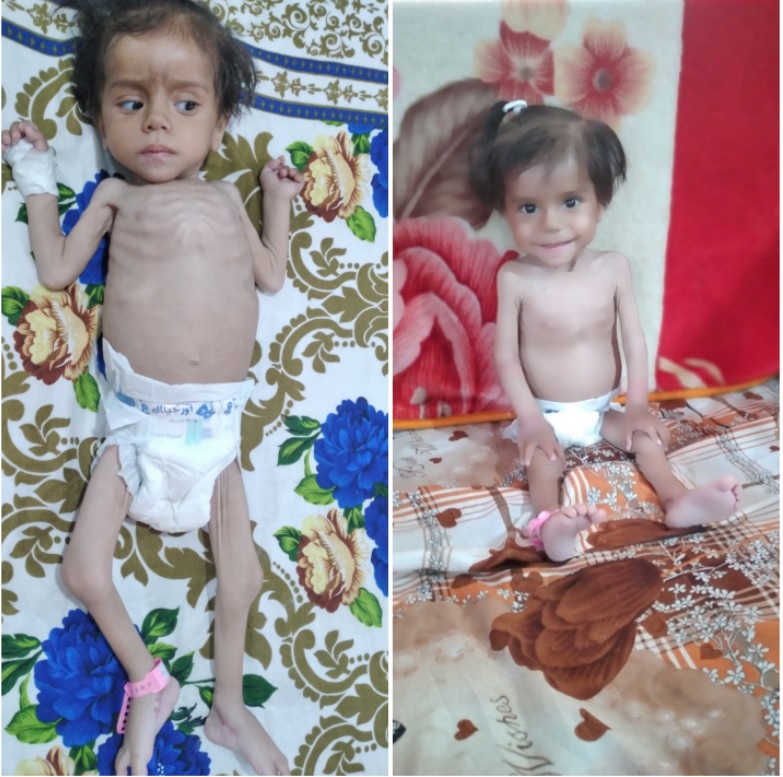
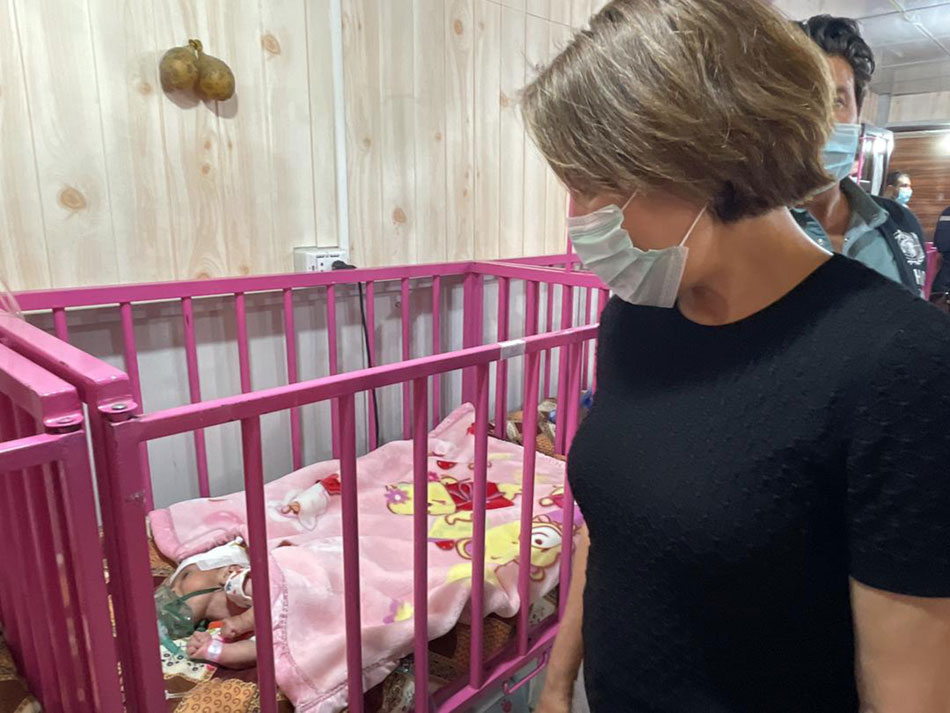
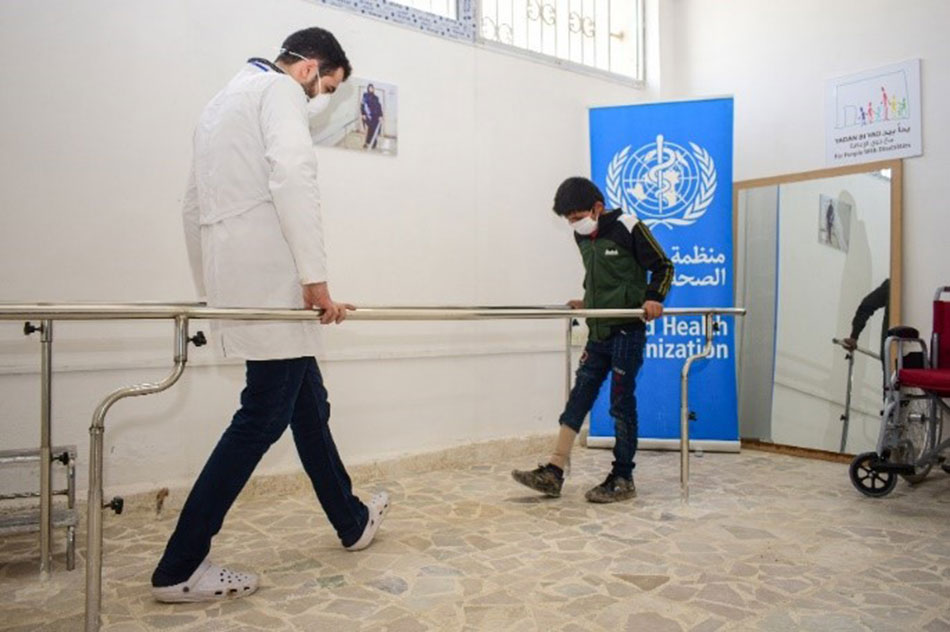
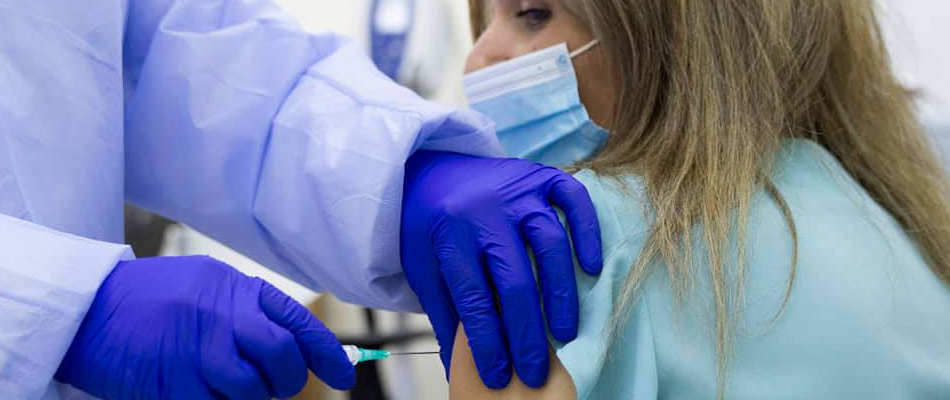
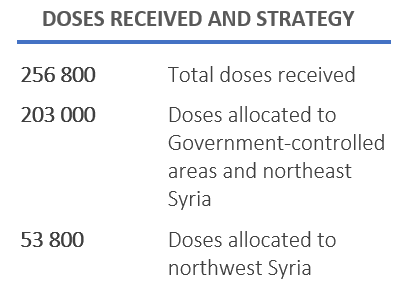 6 July 2021 – Syria received the first batch of vaccines supplied through the COVAX initiative on 21 April 2021. In total, 256 800 doses of AstraZeneca SII COVIDSHILD were received and distributed to Government-controlled areas and northeast Syria, as well as to northwest Syria.
6 July 2021 – Syria received the first batch of vaccines supplied through the COVAX initiative on 21 April 2021. In total, 256 800 doses of AstraZeneca SII COVIDSHILD were received and distributed to Government-controlled areas and northeast Syria, as well as to northwest Syria. 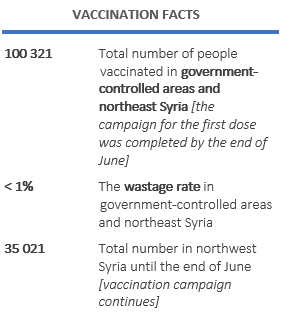 Priority groups
Priority groups Challenges
Challenges